Sustainable and Inclusive – is this the future of UX – UI design?
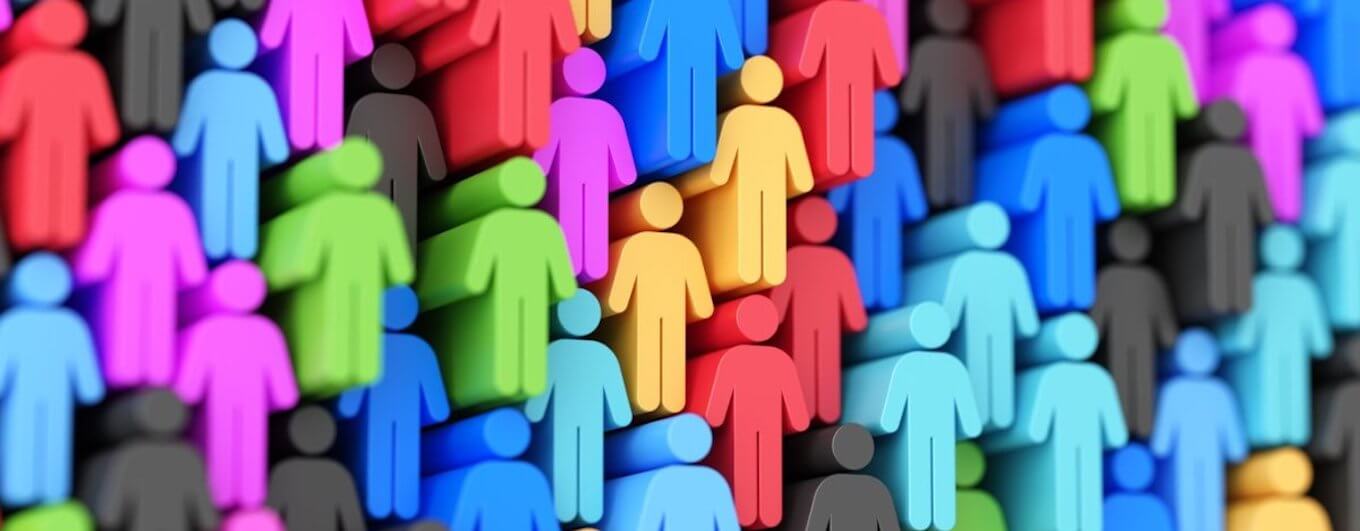
Sustainability and inclusivity are as important aspects in the world of UX – UI design as in other service providing industries.
Inclusivity is essentially solidarity. One of the benchmarks of advanced societies is the extent to which, and in what ways, it enables its members with different disadvantages to participate in everyday life.
Sustainability is fundamentally independent of this. It enhances nature and/or environment protection by providing the same or nearly the same level of service, while paying attention to nature and aspects of a sustainable economy, e.g. fair trade.
How does UX – UI design connect to sustainability and inclusivity? Fairly excellently. To provide an example: an optimised system reduces energy consumption, the voice user interface is also accessible for people with disabilities.
Generally speaking, these examples fall under ESG: I.e., environmental, social, and corporate governance responsibility. ESG is a framework that helps companies produce ‘green values’ and supports effective corporate engagement in socially important issues.
What challenges does the UX – UI design face?
User experience (UX) and User Interface (UI) designers are responsible for designing the way a product looks and works. They are the designers who ensure that the user can interact with the product in an easy, intuitive and enjoyable way.
Contrary to popular belief, UX designers deal with all aspects of product or service development, including but not limited to design, usability, and function.
People often think that designing for user experience (UX) is optional, although in fact it is essential for businesses to thrive.
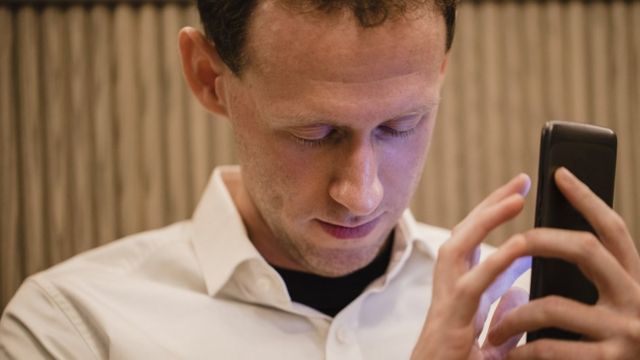
To put it simply, wherever a user is expected to interact with a product, the UX designer enters the scene. However, by playing a central role in the process of creating services and products, they often face the same challenges as the product or service itself.
And these include two hot topics: sustainability and inclusivity.
Sustainability and inclusivity: why are they important?
The thinking behind both topics is the same: instead of exploiting the planet and marginalising those we cannot easily and quickly turn into consumers, what if we now started to pay more attention to both people living with disadvantages and the living environment?
After all, it is much better to breathe clean air, preserve biodiversity and live in a healthy environment than in a smoggy concrete jungle.
And if someone is forced to live in a wheelchair, or has to live blind, they still deserve a worthy human life, an organic part of which is to be present in society, in various communities, and can take their share in joint activities without any extra fuss.
What is the sustainable UX – UI design?
Today, the word ‘sustainability‘ is widely used to describe the processes, measures and actions that humanity takes to avoid depleting natural resources.
A noticeable part of the Internet’s energy use occurs in the front-end. A sustainable and green UX – UI design gives us the opportunity to create great, innovative, nice, user-friendly and at the same time environmentally friendly websites. The time has come that UX-design be green.

To put it extremely simply, the more servers work unnecessarily, the more wasteful they become and the bigger the carbon footprint.
This is how UX – UI design supports environment protection
Most of the energy consumption is due to CPU usage. Various tests indicate that the energy consumed by memory units is very low and the amount of energy from disk usage is negligible.
Huge data centres consume 2% of the world’s electricity production and are responsible for 3% of greenhouse gas emissions.
A design that reduces the time a device is in use or optimises the process of use has the potential to reduce the energy consumption of computers, phones, terminals, etc.
For mobile devices, apart from network use, we see that two main parts consume the most energy: the processor and the display.
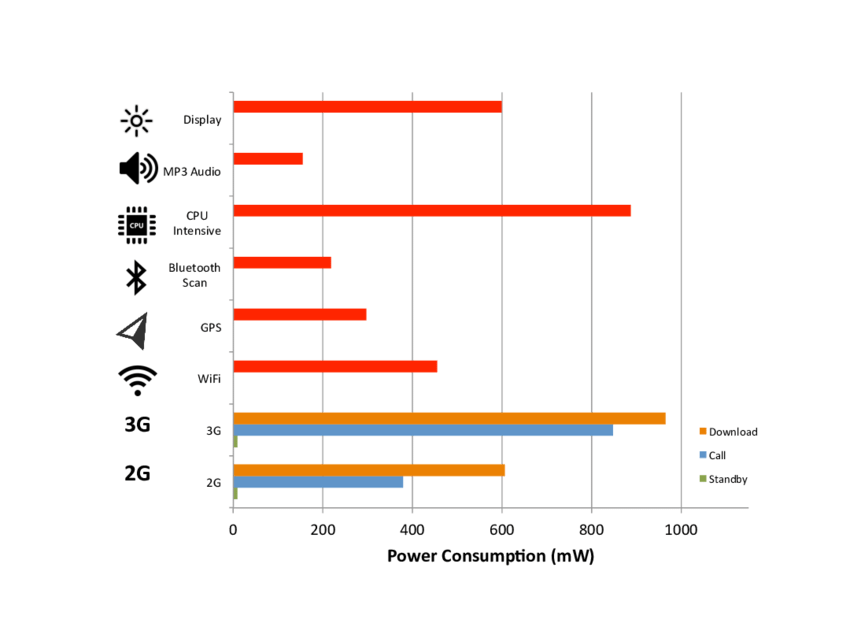
Green websites and the UX – UI design
Green UX is probably a term you’ll be hearing more and more in the coming years. With global temperatures continuing to rise, climate change related forecasts are looking increasingly more gloomy. And information technology is responsible for this to a small extent.
The internet as a whole makes a tangible contribution to carbon emissions and electronic waste. According to a 2017 report of Greenpeace, the internet consumes 7% of the world’s electricity.
This figure has only increased since then, and excessive electricity generation is leading to increasing air, water and soil pollution.
IT energy consumption can be divided into four main categories
The four main consumer groups in the IT world are the following:
- data centres,
- communication networks,
- end-user devices, and
- the manufacturing required to supply all three.
The Internet of things (IoT) is also playing an increasingly prominent role in energy consumption. Where the internet connects so many things, other dramatic results can be achieved by the optimisation of energy use.
The radical approach of abandoning digitisation and returning to the analogue world altogether is not socially or economically sustainable. It is a sensible suggestion that everyone should reduce unnecessary equipment use possibly to zero, but the environment is helped by something else: increasing efficiency.
Use the internet more efficiently rather than reducing use
Not many internet users are aware of it, but in fact, every time they post a tweet or visit their bank’s website, energy-intensive processes are going on in the background.
A better UX can help – not just for better usability, but also for best performance, minimum load time and better SEO ranking.
Of course, the virtual world is massively influencing the real world; how can a UX designer or developer participate in the overall impact? Digital asceticism and hermitage is hardly the answer in the age of digitisation. Green UX – UI can bring the real change.
Five approaches to sustainable UX – UI design
In order to effectively reduce carbon emissions and thereby our carbon footprint, several UX – UI design approaches exist, not all of which are directly related to design itself.
Therefore, it is worth looking at the whole product or service development as a whole. This is hardly new, but it is still valid today: we are already doing a lot for the environment if our product or service uses fewer resources.
For example, if your website loads faster because of smaller files, images, optimised design, physically close to the data centre, etc., then each visit produces less carbon dioxide simply by using less energy to load the website.
Plus, it’s good for us as well as our environment, because the faster a site loads, the more satisfying the customer experience and the better the SEO ranking.
Five aspects for a greener UX – UI
Although there are many specific solutions within the sustainable design sphere, they ultimately enforce one of five main aspects:
- They start out from the mobile-first basic principle,
- Design prioritises performance optimisation,
- The design will monitor the evolution of the carbon footprint,
- Users are guided towards environmentally friendly choices,
- They switch to a green hosting provider.
So with regard to its essence, green UX is a call for designers to take advantage of the good number of advantages of the online world, but above all to consider all that the internet requires to survive.
What is inclusive UX – UI design?
Every design decision carries the potential to include or exclude customers. Inclusive design describes a set of excellent ways to create products that are understood and enabled by people of different backgrounds and abilities.
Inclusive design is a methodology that draws on and allows for the full range of human diversity in various digital environments.
Moving away from preconceptions of ‘typical’ users through the process of inclusive design allows designers to create digital products that the widest range of users find user-friendly.
Why is inclusive design important?
The principle of inclusive design put people first. They are about designing interfaces, websites, apps, even vehicles, real properties and public spaces to meet the needs of people with permanent, temporary, situational or variable disabilities – in fact, all of us.
What do people with hearing loss, people with severe ear infections and people travelling in a crowded metro who forgot their headphones at home have in common? They would all find it difficult to interact with audio content on the digital interface merely because they cannot hear it.
Inclusive design takes into account the full range of human diversity with respect to
- abilities,
- language,
- culture,
- gender,
- age, and
- other forms of human diversity.
It enables designers to create products that provide an experience for as many people as possible.
Inclusive design stresses, that understanding user diversity helps to inform these decisions and thereby engage as many people as possible, i.e. maximising the reach of the customer base, thus helping to increase profit or meet a non-profit goal.
Fintech and inclusive design
Financial technology solutions are typically at the forefront of inclusivity. The right fintech design makes a product or service attractive to people – and inclusive fintech design is a universal design that holistically supports the needs of all customers, embedded in the financial service as a whole.
An example of inclusive fintech design is iProov, which provides biometric archiving that can be used by anyone, regardless of ethnicity, gender, ability, age or the device or platform they use.
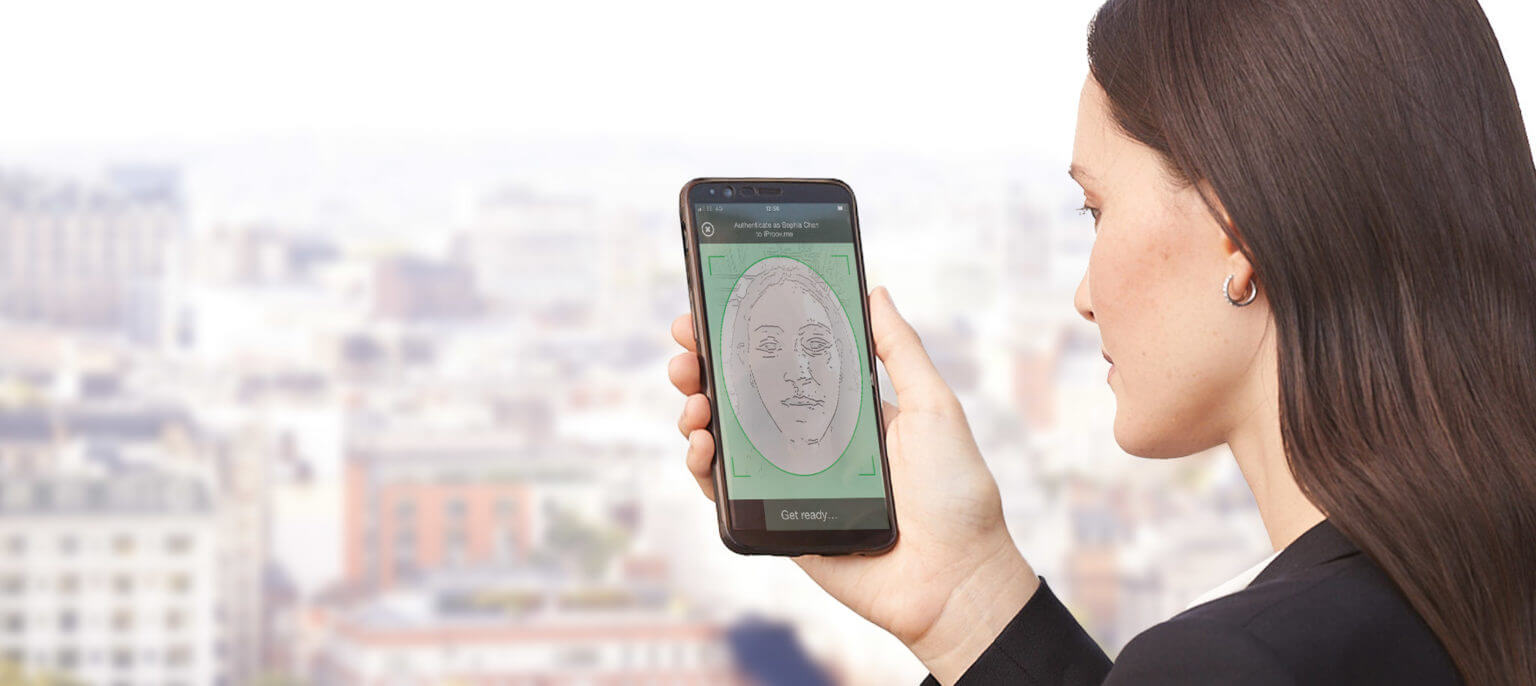
The Lloyds Banking Group also committed itself to inclusive design when they recognised that vulnerabilities and customer attrition could be effectively reduced by following some basic inclusive design principle:
- Provide equivalent experience,
- Always consider the use situations,
- Be consistent,
- Provide guidance,
- Offer possibilities to choose,
- Give priority to content,
- Offer added value.
Ergomania and sustainable, inclusive design
Ergomania is one of the first companies globally that recognised the importance of both striving for sustainability and embracing inclusivity in the design process.
Special attention should be paid to blind and partially signed, people, e.g., as the development of voice-based interfaces (e.g. our client KBC Group’s Kate app) also benefits the blind (for example VUI at the time of the pandemic), while at the same time giving tens of thousands of our fellow citizens the opportunity to use the online and digital world.
recommended
articles
Find out more about the topic
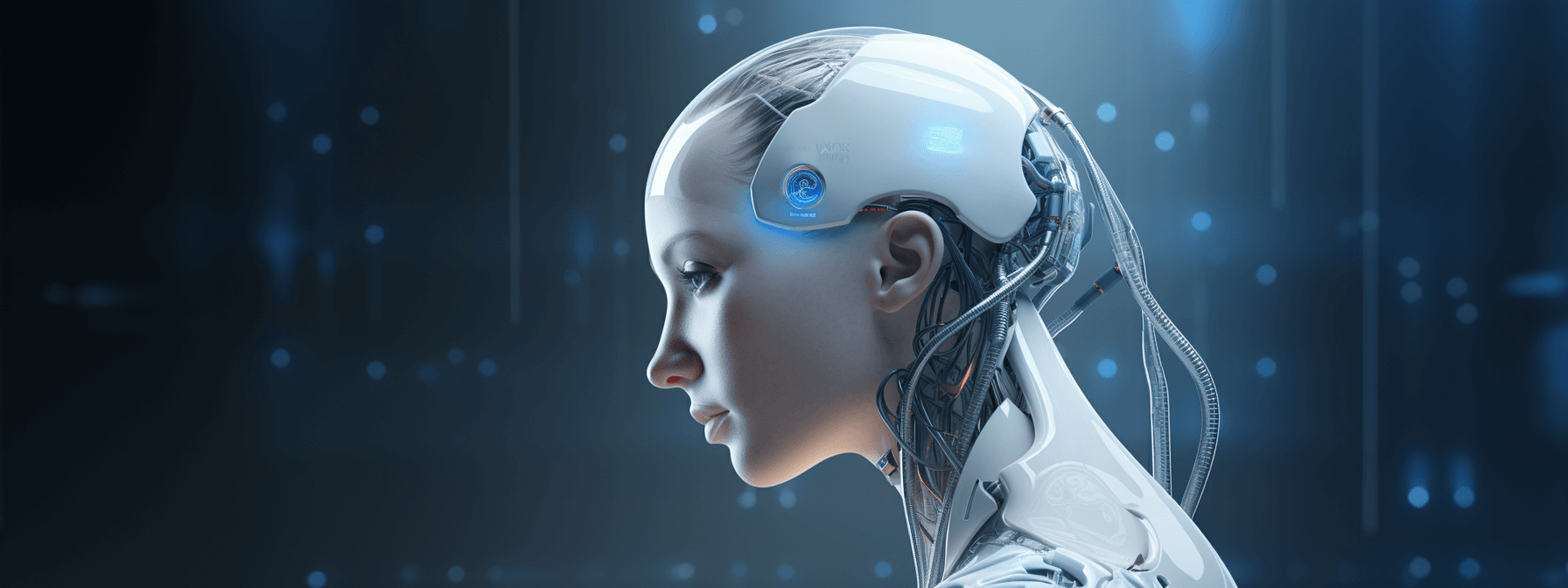
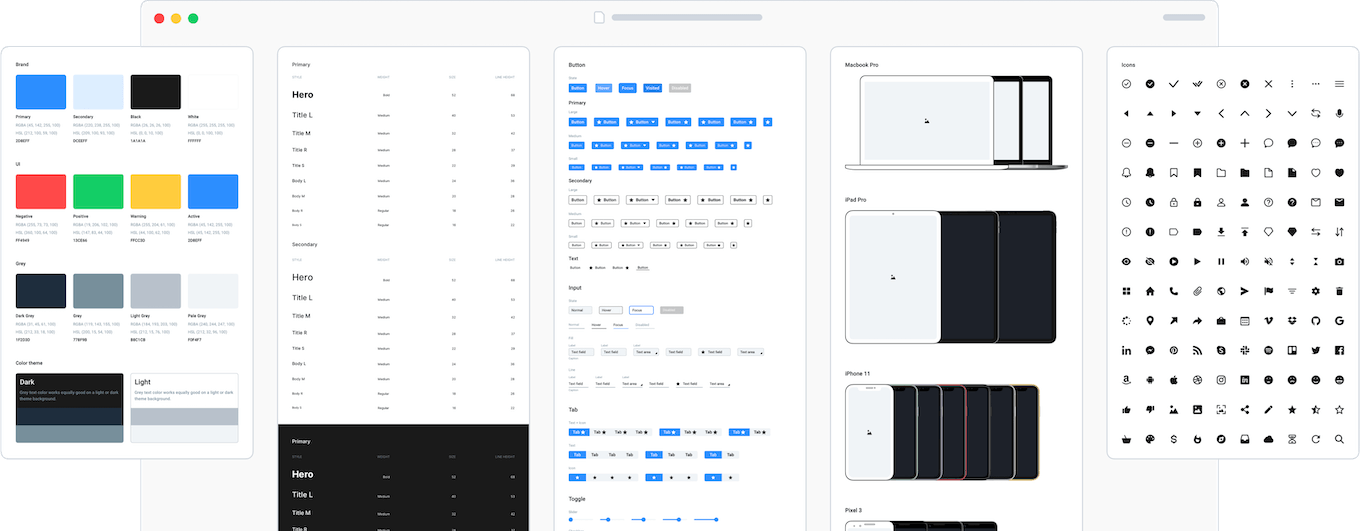



Share your opinion with us